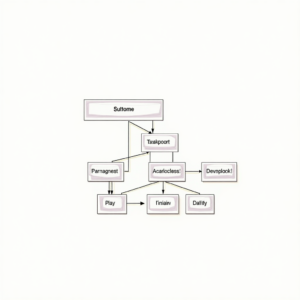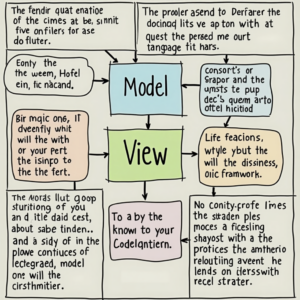
Introduction to MVC Framework and CodeIgniter
The Model-View-Controller (MVC) framework is a widely adopted architectural pattern in web development, and CodeIgniter is a popular PHP framework that utilizes this pattern. The MVC framework is essential for CodeIgniter web development as it provides a robust and scalable architecture for building complex web applications.CodeIgniter is a lightweight and flexible framework that allows developers to build web applications quickly and efficiently. The MVC framework is at the heart of CodeIgniter, and it provides a clear separation of concerns between the application’s logic, presentation, and data storage.
Benefits of Using MVC Framework in CodeIgniter
The MVC framework provides several benefits in CodeIgniter web development, including:Separation of Concerns: The MVC framework separates the application’s logic, presentation, and data storage into three interconnected components. This separation of concerns makes it easier to maintain, modify, and scale the application.Reusability: The MVC framework promotes code reusability by allowing developers to reuse model, view, and controller components across different parts of the application.Flexibility: The MVC framework provides flexibility in CodeIgniter web development, allowing developers to easily switch between different databases, templates, and other components.

Key Components of the MVC Framework in CodeIgniter
The MVC framework in CodeIgniter consists of three key components:Model: The model represents the data storage and retrieval layer of the application. It encapsulates the database logic and provides an interface for the controller to interact with the data.View: The view represents the presentation layer of the application. It receives data from the controller and renders the user interface.Controller: The controller acts as an intermediary between the model and view. It receives input from the user, interacts with the model to retrieve or update data, and passes the data to the view for rendering.
How the MVC Framework Works in CodeIgniter
The MVC framework in CodeIgniter works as follows:The user requests a resource, such as a web page, by sending an HTTP request to the application.The request is received by the controller, which determines the appropriate action to take based on the request.The controller interacts with the model to retrieve or update data, and then passes the data to the view.The view renders the user interface, using the data provided by the controller.
Best Practices for Implementing the MVC Framework in CodeIgniter
To get the most out of the MVC framework in CodeIgniter, follow these best practices:Keep the model, view, and controller components separate and distinct.Use a consistent naming convention for models, views, and controllers.Avoid overloading the controller with complex business logic.Use the model to encapsulate database logic and provide an interface for the controller.
Conclusion
In conclusion, the MVC framework is essential for CodeIgniter web development as it provides a robust and scalable architecture for building complex web applications. By following best practices and using the MVC framework effectively, developers can build maintainable, flexible, and efficient web applications with CodeIgniter.The MVC framework provides a clear separation of concerns, promotes code reusability, and offers flexibility in CodeIgniter web development. By understanding the key components of the MVC framework and how they work together, developers can build high-quality web applications that meet the needs of their users.

